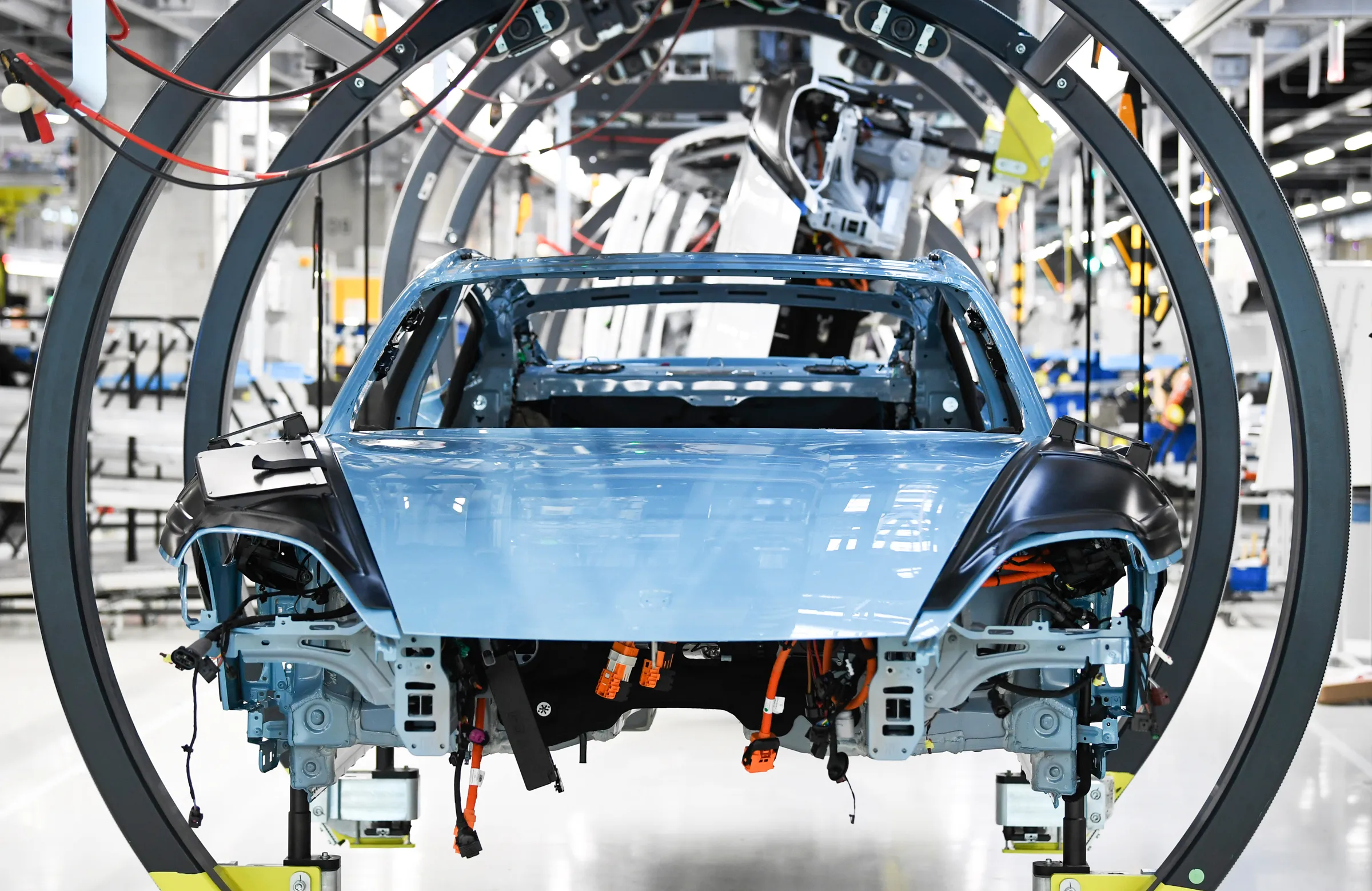Introduction
The European economy finds itself in a precarious position, with Germany, its powerhouse, facing significant headwinds. Factors such as the loss of access to cheap energy from Russia and fierce competition in the automotive sector have contributed to a 0.3% contraction in Germany’s GDP in 2023. The International Monetary Fund (IMF) recently downgraded growth forecasts for the country to a mere 0.2% for the current year, further highlighting the gloomy outlook.
Industrial Weakness and Competition
At the heart of Germany’s economic woes lies its robust industrial sector, which has seen a 12% decline in production over the past five years. The automotive industry, in particular, faces stiff competition from China, with imports of Chinese vehicles to Europe soaring by 37% last year alone. Concerns arise regarding the potential deindustrialization akin to the Rust Belt in the United States, where Chinese manufacturing outpaced domestic production.
Contradictory Metrics and Competitiveness
Despite these challenges, not all indicators point towards industrial decline. When considering value-added contributions to GDP, the industrial sector has only retreated by 5% since 2018. This metric, which factors in efficiency improvements alongside production volume, coupled with Germany maintaining a 7% share of global goods exports, suggests that its industry remains competitive despite narratives of significant loss in competitiveness.
Consumer Confidence and Saving Behavior
Beyond the industrial sector, consumer confidence in Germany faces a crisis. Despite a robust labor market, with unemployment rates hovering near record lows at 3.2%, households have responded to inflationary shocks by increasing their savings rate, which now stands at 11.4% of disposable income. This elevated level, 1.4 percentage points higher than pre-pandemic averages, has dampened private consumption.
Signs of Recovery
However, recent data offers a glimmer of hope, indicating a turnaround. Business confidence is improving, and even in the beleaguered manufacturing industry, activity has rebounded, posting a 3.5% increase since its lows this year. On the household front, consumption appears to be picking up, with indicators such as German tourists visiting Spain surpassing pre-pandemic averages by 10%.
Conclusion
While the locomotive may not be running at full steam, Germany is not the “sick man of Europe.” Instead, it appears to be gaining momentum, which should bode well for overall economic activity in the eurozone in the latter half of the year.

